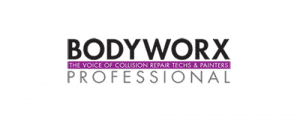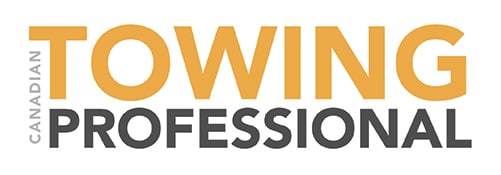DUBLIN–(BUSINESS WIRE)–The “Automotive 4D Imaging Radar Market Size, Market Share, Application Analysis, Regional Outlook, Growth Trends, Key Players, Competitive Strategies and Forecasts, 2022 to 2030” report has been added to ResearchAndMarkets.com’s offering.
Global market for automotive 4D imaging radar is expected to grow at a CAGR of 22% during the forecast period of 2022-2030. 4D radar employs time-of-flight measurement and echolocation to map objects in a 3D environment. The ability to map the positions of objects in a vehicle’s route is now being tested in the autonomous vehicle sector.
Companies Profiled
- Ainstein
- Hyundai Mobis
- Bosch
- Oculii
- Vayyar Imaging
- Texas Instruments
- ZF
In contrast to more traditional technologies such as Lidar, conventional radar, and cameras, 4D radar can detect when and how quickly a vehicle is going in a variety of weather and environmental circumstances. It is a relatively new device that measures the height of objects above the road as well as their relative speed, distance, and azimuth using a huge Radio Frequency (RF) channel array. Time is referred to as the fourth dimension, however it is not really mapped by 4D radar.
Instead, it calculates the height of the objects and their relative speed using time. With respect to its application in automotive, the 4D imaging radar gives cars the intuition they need to make life-saving split-second judgments while significantly lowering the direct and indirect costs to OEMs and Tier 1 suppliers.
Technical Superiorities of 4D Imaging Radar to Increase its Uptake
The 4D imaging radar system finds both static and moving objects in an area by using time-of-flight data and echolocation. They may be used for short- and medium-range detection and have a range of up to 300 meters and beyond. The accuracy of imaging radars is improved by the addition of the fourth dimension (azimuth angle of elevation) and time-bound point cloud data to offer high-resolution sensing with a broad field of view.
Accurate identification and simultaneous tracking of several static and/or moving targets are made possible by a wide antenna array. Since there are no optics involved, this method is reliable in all types of weather and illumination. For example, within the cockpit, 4D imaging radar can accurately monitor threats without a line of sight to them.
Increasing Sale of Automated Cars
Most of the cars sold in the U.S. and Europe are automated at least at a basic level. However, many of today’s automobiles have some automated control of the steering wheel, brakes, and/or accelerator, as evidenced with adaptive cruise control, lane departure alarms, and/or automatic lane shifting. Level 4 and Level 5 cars aren’t currently accessible for the general public to purchase.
Affordable Safety is the Foremost Concern to be Resolved
There is now a lack of coordination in terms of when new safety measures will go into effect in various locations, despite the fact that the ultimate aim of safeguarding every life on the road remains the same. For any company intending to offer a single product in several – or all – markets, this poses a considerable difficulty. One possibility is to add sensors provisionally and activate them as and when necessary, but this strategy comes at a high cost and offers no further benefit.
North America to Grow as a Global Leader
North America led the global market for automotive 4D imaging radar in 2021 and is expected to continue to be the global leader during the forecast period of 2022 – 2030. North America is also expected to grow at the fastest pace with the highest CAGR in comparison to other geographies during the forecast period. Increased focus on innovation, affordability of high end cars, cohesive infrastructure for automated vehicles and so on are the key drivers boosting the market growth in North America. Europe is the second largest geography after North America. Europe is a home to leading automotive companies in the world and hence holds significant growth potential during the forecast period.
Key questions answered in this report
- What are the key micro and macro environmental factors that are impacting the growth of automotive 4D Imaging radar market?
- What are the key investment pockets with respect to product segments and geographies currently and during the forecast period?
- Estimated forecast and market projections up to 2030.
- Which segment accounts for the fastest CAGR during the forecast period?
- Which market segment holds a larger market share and why?
- Are low and middle-income economies investing in the automotive 4D Imaging radar market?
- Which is the largest regional market for automotive 4D Imaging radar market?
- What are the market trends and dynamics in emerging markets such as Asia Pacific, Latin America, and Middle East & Africa?
- Which are the key trends driving global automotive 4D Imaging radar market?
- Who are the key competitors and what are their key strategies to enhance their market presence in the automotive 4D Imaging radar market?
For more information about this report visit https://www.researchandmarkets.com/r/mxgxm5
Contacts
ResearchAndMarkets.com
Laura Wood, Senior Press Manager
press@researchandmarkets.com
For E.S.T Office Hours Call 1-917-300-0470
For U.S./CAN Toll Free Call 1-800-526-8630
For GMT Office Hours Call +353-1-416-8900












